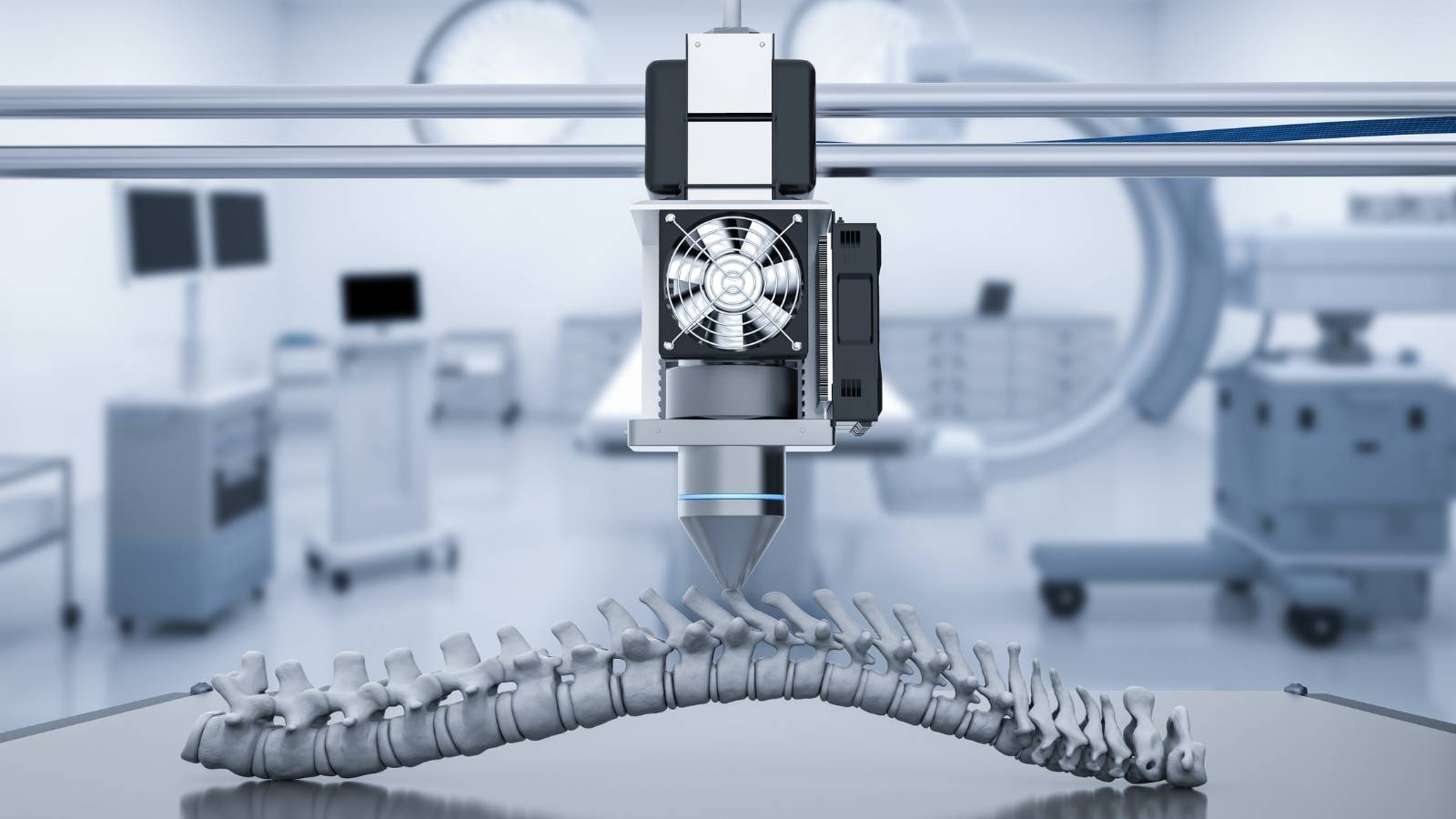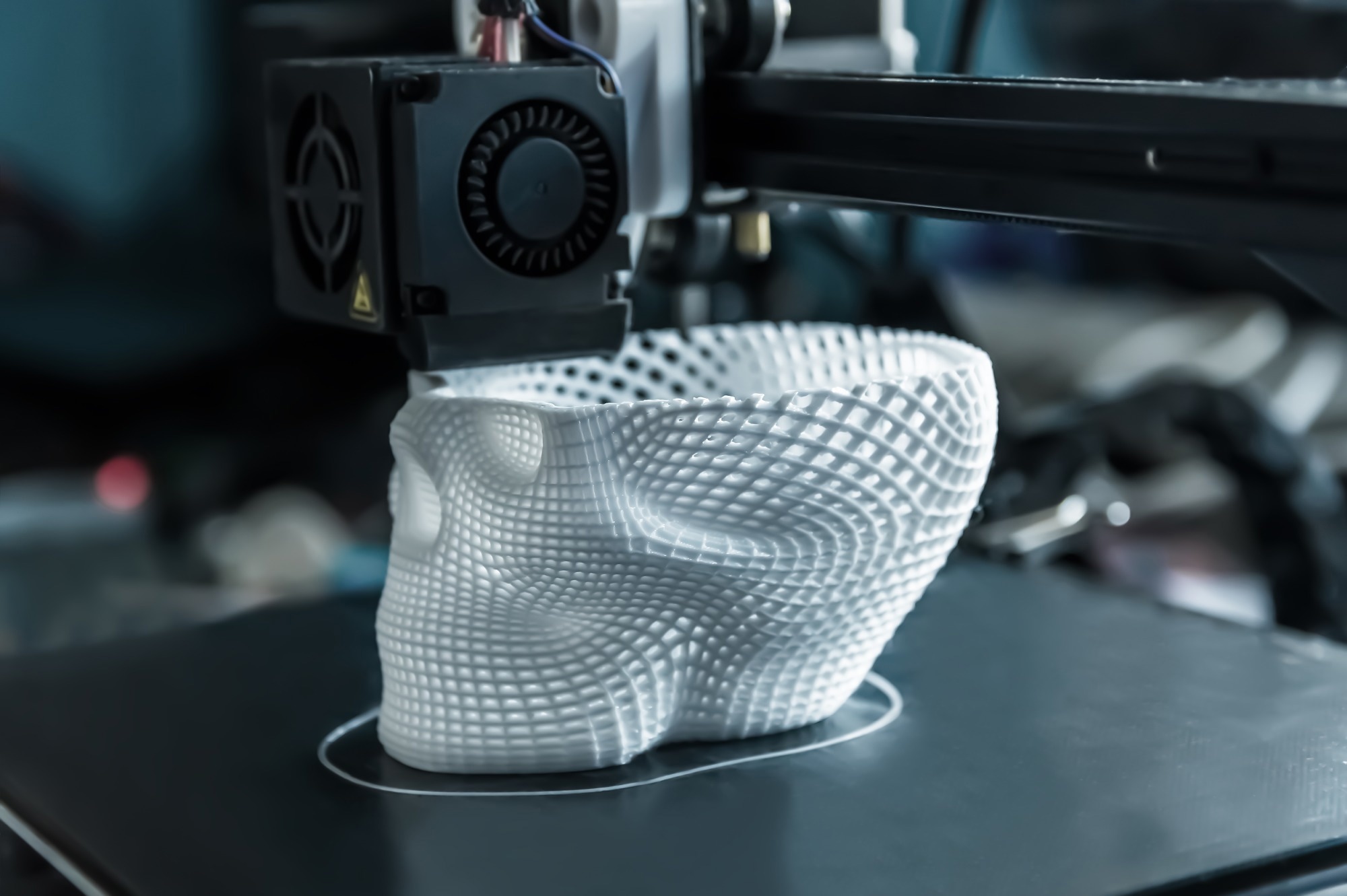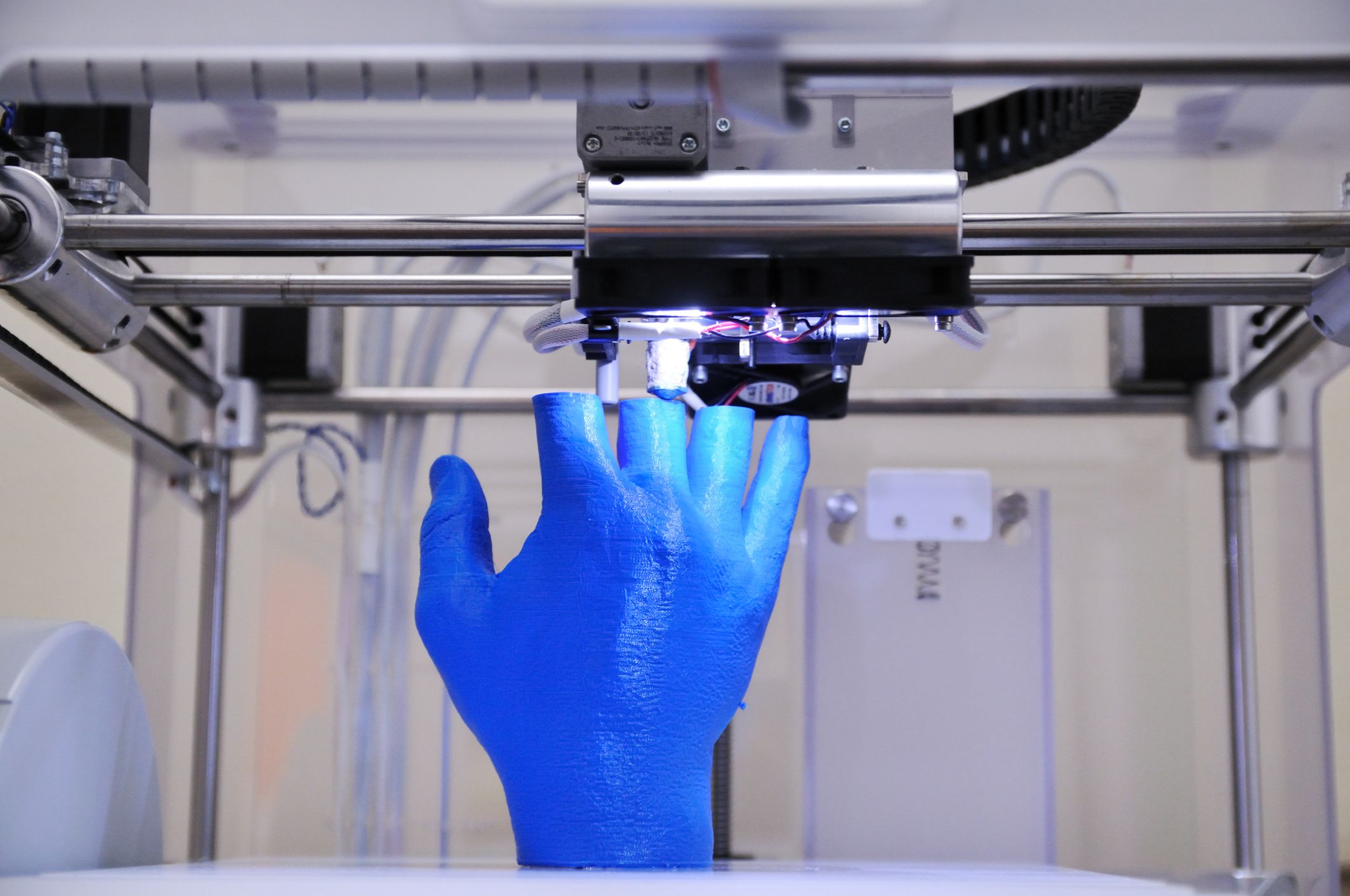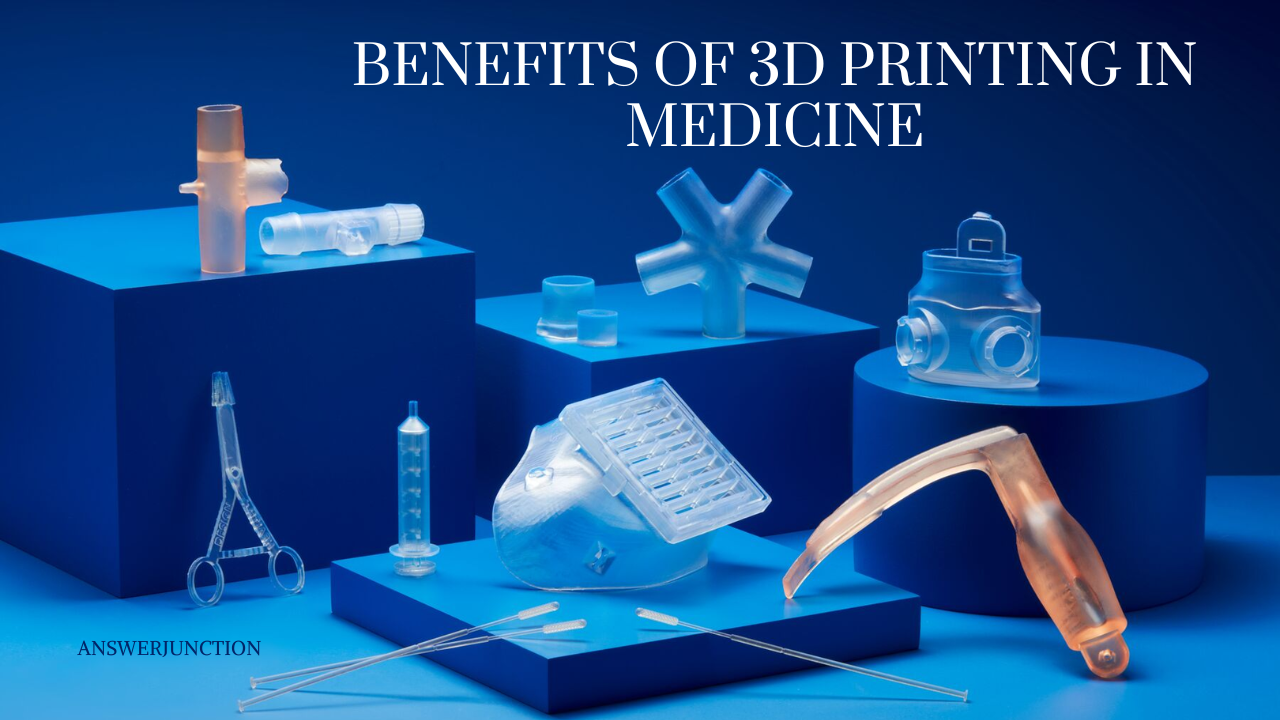In recent years, 3D printing has emerged as a transformative technology across various industries, and one of its most promising applications is in the field of medicine. This innovative technology enables the creation of complex structures using additive manufacturing processes, allowing for the production of custom medical devices, prosthetics, implants, and even biological tissues. As healthcare continues to evolve, the integration of 3D printing into medical practices not only enhances patient outcomes but also streamlines processes, reduces costs, and opens new avenues for research and development. This article explores the multifaceted benefits of 3D printing in medicine, highlighting its impact on patient care, medical education, and the future of healthcare innovation.
Customization and Personalization

One of the standout benefits of 3D printing in medicine is its ability to create customized solutions tailored to individual patient needs. Traditional manufacturing methods often involve the mass production of medical devices that may not fit every patient perfectly. With 3D printing, medical professionals can design and produce devices, such as prosthetics and orthopaedic implants, that match the unique anatomical features of each patient. This level of customization significantly enhances the effectiveness of treatments and improves patient comfort. For instance, customized cranial implants can be designed using 3D scans of a patient’s skull, ensuring a perfect fit that minimizes complications and promotes faster recovery.
Enhanced Surgical Planning
3D printing also plays a crucial role in surgical planning and education. Surgeons can create precise replicas of a patient’s anatomy from medical imaging data, such as CT or MRI scans. These 3D models provide a tangible representation of the complex structures involved in the procedure, enabling surgeons to rehearse and strategize before entering the operating room. This practice not only boosts the surgeon’s confidence but also enhances communication between the surgical team and the patient, as they can visualize the procedure and discuss potential outcomes more effectively. As a result, the likelihood of surgical errors decreases, leading to improved patient safety and satisfaction.
Rapid Prototyping and Research Advancement
The ability to quickly prototype medical devices is another significant advantage of 3D printing. Researchers and developers can rapidly create and test new designs, accelerating the innovation cycle. This capability is especially beneficial in the development of new surgical instruments or medical devices, allowing for quicker iterations and refinements based on real-world feedback. Moreover, 3D printing enables the exploration of novel materials and designs that may not be feasible with traditional manufacturing techniques. As a result, the medical field can continually evolve, offering new treatments and technologies that were previously unimaginable.
Cost-Effectiveness
While the initial investment in 3D printing technology can be substantial, the long-term cost savings it offers are compelling. By producing customized devices on-demand, healthcare providers can significantly reduce the costs associated with inventory management and storage. Traditional manufacturing often requires large batches of products, leading to excess inventory and waste. In contrast, 3D printing allows for on-site production of devices as needed, minimizing waste and ensuring that resources are allocated more efficiently. Furthermore, the reduction in surgery time due to better-prepared surgeons and fewer complications can lead to lower overall healthcare costs.

Improved Patient Outcomes
The direct impact of 3D printing on patient outcomes cannot be overstated. By enabling the creation of personalized medical solutions, 3D printing contributes to higher success rates in various treatments. For instance, in orthopaedics, 3D-printed implants and prosthetics can be designed to replicate the natural anatomy of the patient, leading to better functionality and comfort. Additionally, the use of 3D printing in bioprinting has opened new doors in regenerative medicine. Researchers are developing techniques to print tissues and organs, potentially revolutionizing transplantation and reducing the need for donor organs. Although still in its infancy, the potential for creating viable organs using a patient’s cells could eliminate the risk of rejection and the need for lifelong immunosuppression.
Revolutionizing Medical Training
3D printing has also made significant strides in medical education and training. The technology allows institutions to create realistic anatomical models for students and professionals to practice on. Traditional methods of teaching anatomy often rely on cadavers or static models that do not accurately represent the complexities of human anatomy. With 3D-printed models, educators can provide students with hands-on experience that closely resembles real-life scenarios. These models can be customized to reflect specific conditions or abnormalities, offering an immersive learning experience that enhances understanding and retention. Furthermore, training simulations using 3D-printed organs or tissues can help surgical residents hone their skills before performing procedures on actual patients.
Collaborative Innovation
3D printing in medicine fosters collaboration among researchers, engineers, and healthcare professionals, leading to innovative solutions that benefit patients. Collaborative projects often arise when diverse expertise comes together to tackle complex challenges. For example, engineers may work alongside doctors to develop specialized surgical tools that improve patient outcomes, while researchers may team up with clinicians to explore the potential of bioprinting. This collaborative spirit not only accelerates the development of new technologies but also ensures that they are designed with practical applications in mind, ultimately enhancing patient care.
Regulatory Considerations
Despite its numerous benefits, the integration of 3D printing into medicine also raises regulatory challenges that must be addressed. Regulatory bodies, such as the Food and Drug Administration (FDA) in the United States, are working to establish guidelines that ensure the safety and efficacy of 3D-printed medical devices. As the technology continues to evolve, manufacturers and healthcare providers must stay informed about regulatory requirements and best practices. Engaging in proactive dialogue with regulatory agencies can help streamline the approval process for new products, allowing innovations to reach the market more swiftly while maintaining patient safety.
Future Potential of 3D Printing in Medicine
Looking ahead, the future of 3D printing in medicine appears bright. As technology advances and becomes more accessible, we can expect to see even greater integration of 3D printing into healthcare. The potential for personalized medicine will expand as researchers continue to explore new materials and bioprinting techniques. For instance, the ability to print vascularized tissues could lead to breakthroughs in transplant medicine and wound healing. Additionally, the rise of point-of-care 3D printing—where devices can be produced at the site of care—could transform how healthcare is delivered, especially in remote or underserved areas.

The benefits of 3D printing in medicine are vast and multifaceted, ranging from enhanced customization and surgical planning to improved patient outcomes and cost-effectiveness. As this technology continues to evolve, it holds the potential to revolutionize healthcare practices, education, and research. Embracing the possibilities offered by 3D printing can lead to more effective treatments, better training for medical professionals, and ultimately, healthier patients. As the medical community continues to explore the applications of this groundbreaking technology, the future of 3D printing in medicine promises to be both exciting and transformative. The ongoing collaboration among researchers, healthcare providers, and regulatory agencies will play a critical role in unlocking the full potential of 3D printing and ensuring its safe and effective integration into modern medicine.



